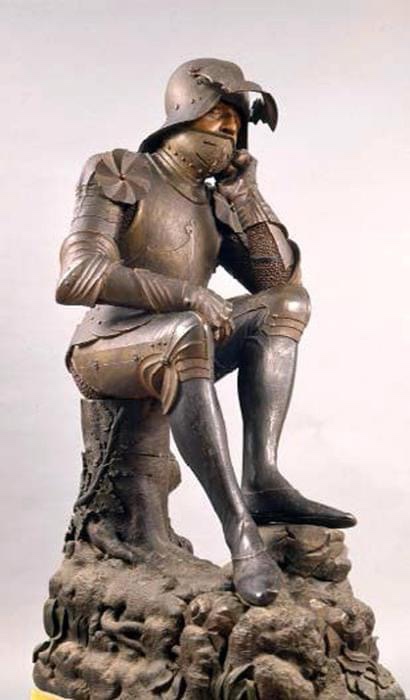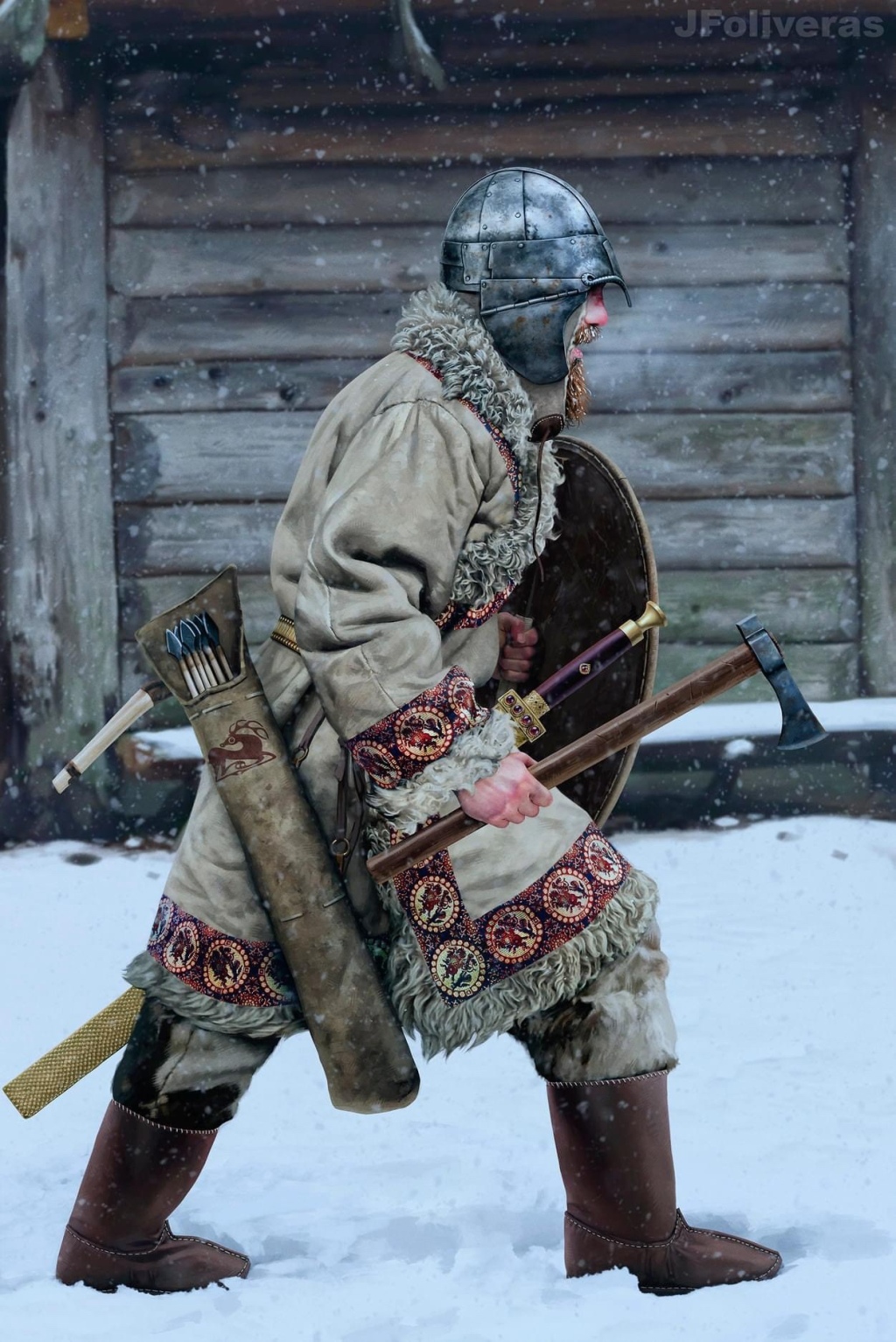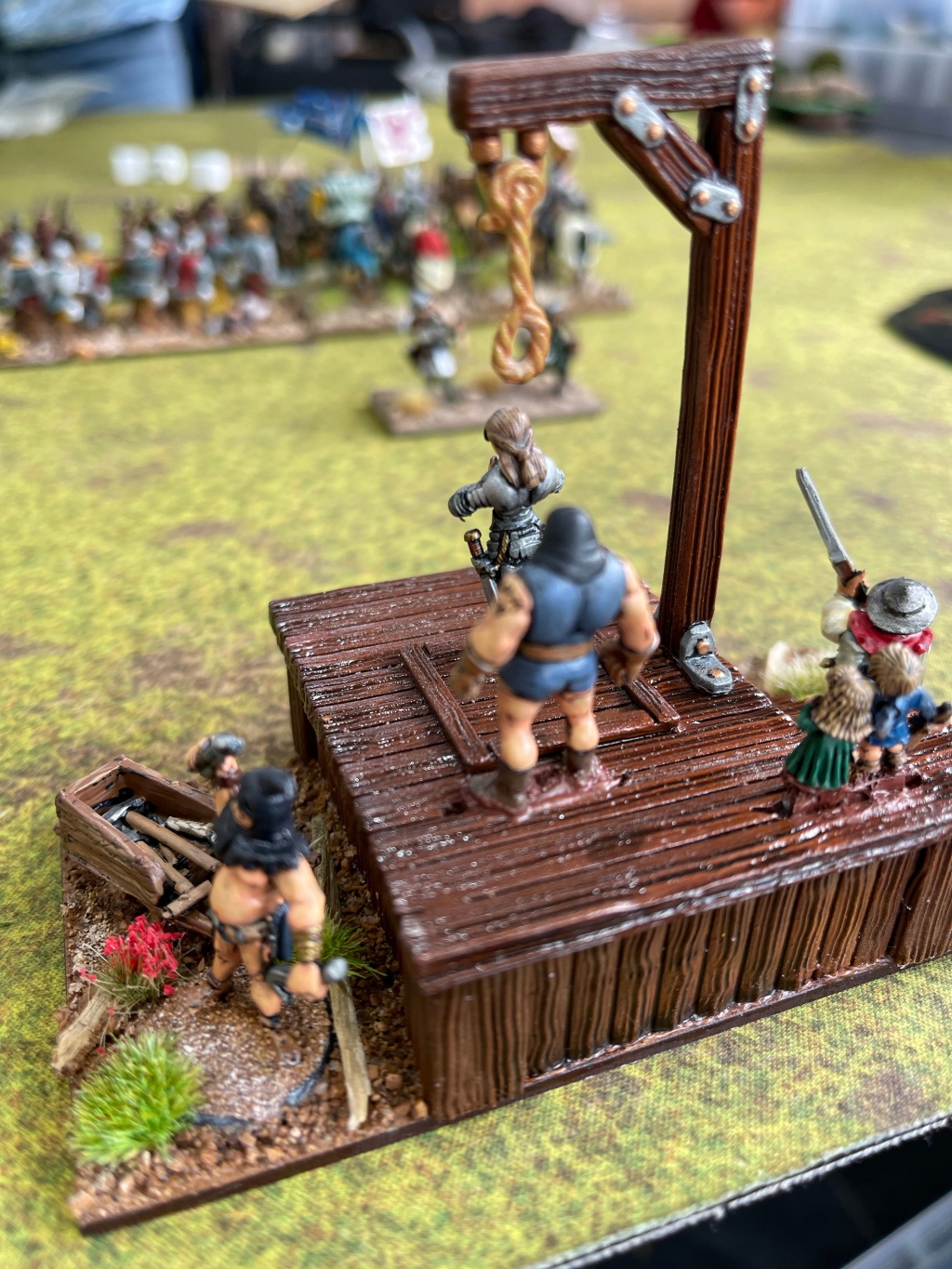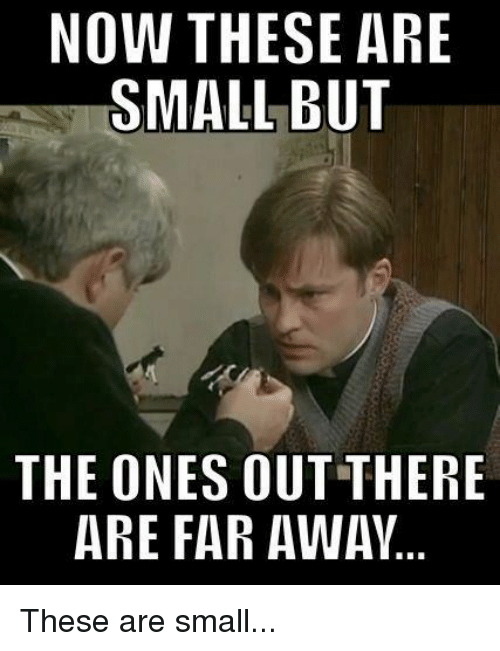 Drilling & Pinning 15mm Figures (or Grandma, eggs & sucking!)This will all depend upon the manufacturer of the figures – as the metal they are caste in and the pose have a huge influence on whether successful re-spearing is possible. Manufactures such as Essex Miniature, Donnington (Ancient & Modern), Roundway / Naismith, Old Glory, Outpost, Irregular or Xyston are all pretty good, as the metal is soft enough to drill by hand safely. Some of the Essex poses – especially cavalry spear/lances and infantry javelins can be a challenge but it’s worth the effort. Minifigs are good metal but very difficult poses, and are modelled weak at the wrists but even here there is a way (see below). Old Frei Korp and Lancashire Games are by and large not worth the effort – as old Frei Korp are far too brittle metal so will often shatter at the arm or wrist or ankle. Some of the newer castings are in a softer metal but it’s hard to tell one from the other. Lancashire Games figures suffer from very weak ankles & wrists and poor metal quality – by all means give them a go but be warned & prepared for disasters!
Drilling & Pinning 15mm Figures (or Grandma, eggs & sucking!)This will all depend upon the manufacturer of the figures – as the metal they are caste in and the pose have a huge influence on whether successful re-spearing is possible. Manufactures such as Essex Miniature, Donnington (Ancient & Modern), Roundway / Naismith, Old Glory, Outpost, Irregular or Xyston are all pretty good, as the metal is soft enough to drill by hand safely. Some of the Essex poses – especially cavalry spear/lances and infantry javelins can be a challenge but it’s worth the effort. Minifigs are good metal but very difficult poses, and are modelled weak at the wrists but even here there is a way (see below). Old Frei Korp and Lancashire Games are by and large not worth the effort – as old Frei Korp are far too brittle metal so will often shatter at the arm or wrist or ankle. Some of the newer castings are in a softer metal but it’s hard to tell one from the other. Lancashire Games figures suffer from very weak ankles & wrists and poor metal quality – by all means give them a go but be warned & prepared for disasters!
Equipment – I use the following ‘kit’:
1. A small modelling knife – ideally blunted – too sharp and a slip & you’ll lose a finger!
2. A small modellers/jewellers finger/pin drill – Games Workshop sell these but they are not great quality & expensive – I bought mine off eBay from a jewellery supply company
3. A pair of tapered, square ended, flat nosed pliers – £ Shops are good for these J
4. A pair of small sub-nosed wire snips – again £ Shops are good for these J
5. A small flat double-sided tapered needle file
6. A small sharp carpenters awl (B&Q for these)
7. A small block of wood – 2” x 4” x 6” or there abouts
8. An old plastic chopping board – mine was a discard from the kitchen
Technique:

Generally I have a standard approach to doing this – & I’ve been doing it for 20 years or so now. What I tend to do is have an old plastic tray – a cheap one – put newspaper on it & then with all of the above equipment & a batch of about 50 figures at a time I settle myself down in front of the TV or a DVD. My process is as follows:
1. Take the figures and de-flash them all (NB: I generally do each stage below for all figures at a time – so it’s a production line technique).
2. Then cut all the spears/lances/javelins off with the knife, flush with the top of the closed hand.
3. File the top of the cut hand flat with needle file (sparingly).
4. The next bit is the tricky one – if the figure is modelled with the spear easily removable from below the hand I also cut this off at this point – easy to do but watch you don’t put too much pressure on the ‘wrist’. You can leave it in place as you start to do this, until you feel more confident. In cases where the spear is modelled so that it is cast running along the arm I will make a cut below the hand (to the width of the hand) and then use the knife to trim just a bit of the spear below the hand away – just enough so that you can get the pliers in to grip the hand (if that makes sense)
5. I then take the pliers and grip the hand and gentle squeeze it to flatten it out slightly – not too much but enough to make drilling viable. Obviously you are squeezing the hand so you can drill through the wider flatter face, the one that you will drill in the axis you want the spear stuck through.
6. Use the awl (or a hard pin stuck into a wine cork – pin point outwards) and make a mark in the centre of the flattened hand, this is to use as a guide for the drill (this is a boring but important stage!).
7. Then using a small drill (GW or Hobbycraft will sell you ones that match the size of most pins) gripped in the pin-drill, slowly drill through the hand. I use the wooden block to cut & drill against – but again make sure that you support the hand with the wooden block or you might end up with a breakage at the wrist.
8. Once you have drilled all the figures – I then carefully cut away any extra spear shafts left below the drilled hand. And at this point (before gluing) I will clear away all the drill waste & metal off-cuts etc.
9. I then take long pins – I buy the ones with the coloured plastic ‘bead-heads’ on the top – you can get them from the likes of John Lewis or Woolworths or most knitwear shops. Make sure they are soft ones – not hardened. I squeeze the plastic bead heads off with the pliers and then cut down to the size you want using a pair of cheap wire snips. I use the figure height as a good broad guide – a javelin or short/light spear is 15mm (6 feet), a long spear/lance 30mm (12 feet) and a pike 45mm (18 feet). I buy my pikes off eBay or directly from manufactures such as Xyston, as most of the longer pins will just about do lance length not pikes.
10. This next bit is optional, but I will take a small tack hammer and using a small metal block (or the side of a small sledge hammer head) I gently hammer the head of the pins to make them slightly leaf shaped, but also to take the sharp point off them! I’ve had a few complaints from opponents who’ve tried to move units of mine who’ve stabbed themselves – but hey they shouldn’t be moving my figures anyway! L
11. I then super-glue the pins in place – where possible I will pre-bend arms so that I have at least 2 points to glue them – the hand & the figure base or arm or cloak etc.
12. I will then, once the glue is well and truly dry, take the needle file and file any excess off the hand if it needs it.
So that’s about it … it sounds far more complicated than it is, and, as is the way with these things, some figures are much easier and quicker to drill than others.
With Minifigs, the lances are really very thin and so are the figures wrists. What I’ve learned to do here is be bold. I cut off the spears above the hand, then squash the hand flat but without cutting the spear below the hand out – this produces a slightly larger flattened hand which I drill through on the flattest point (even if this is on a horizontal axis rather than a vertical). I then gently bend the hand so the hole for the spear is upright & glue the spear in. I then squeeze the hand again gentle with the pliers back into shape – 9 times out of 10 it works*. However, if you don’t do it with Minifigs I found that after a few games I’d lost 2 or 3 of the very brittle spears/lances anyway! *in the case of the inevitable broken wrist or miss-drilled hand I bend the arm into a position where I can ‘lock’ the pin in place by gluing it elsewhere on the figure, as well as the actual hand – and once it is ‘tacked’ with super-glue I use a blob of Araldite on the hand.
So there you have it … it’s a fair bit of work, but IMHO & experience it will repay the effort for years to come. I have a Greek Hoplite army I re-speared 10 years ago and all the spears are still intact, straight and the paint job is as good as new.
Mark Fry: March 2017






